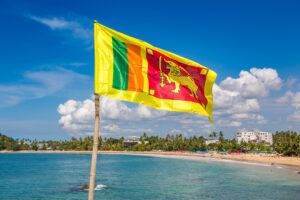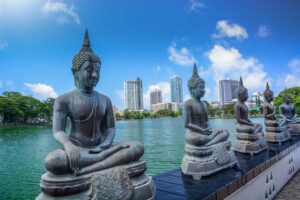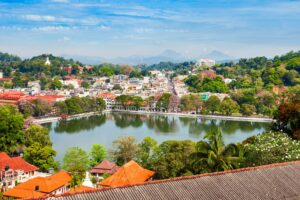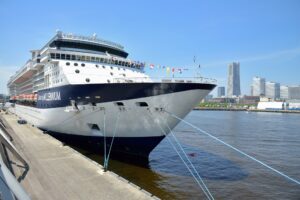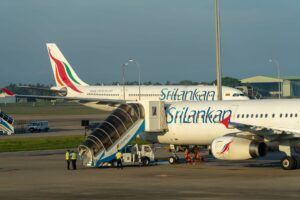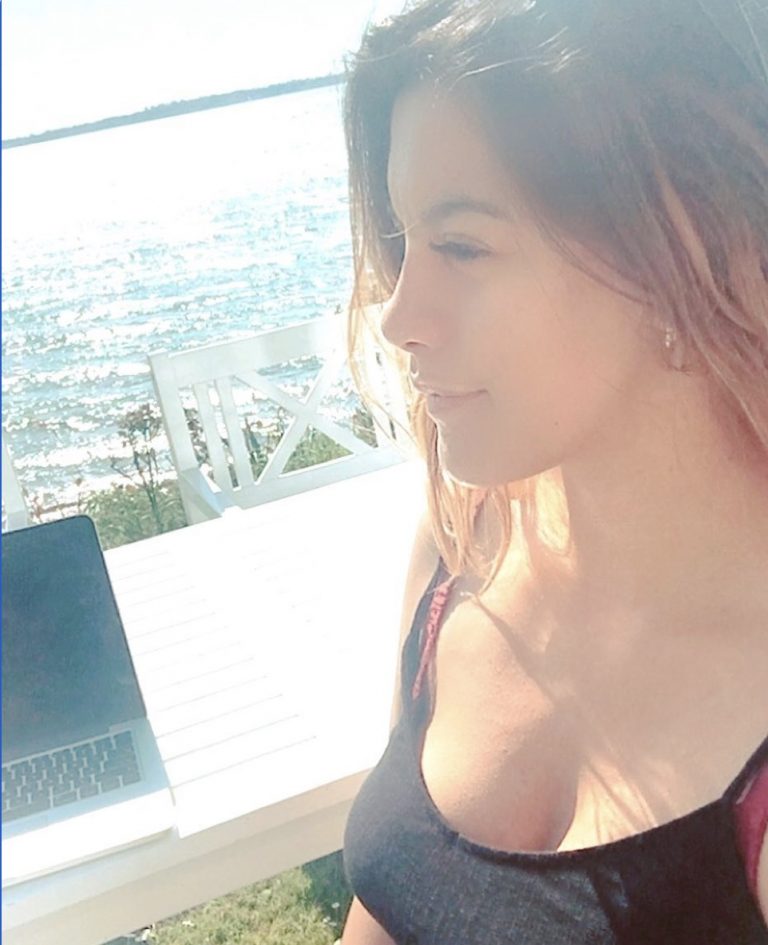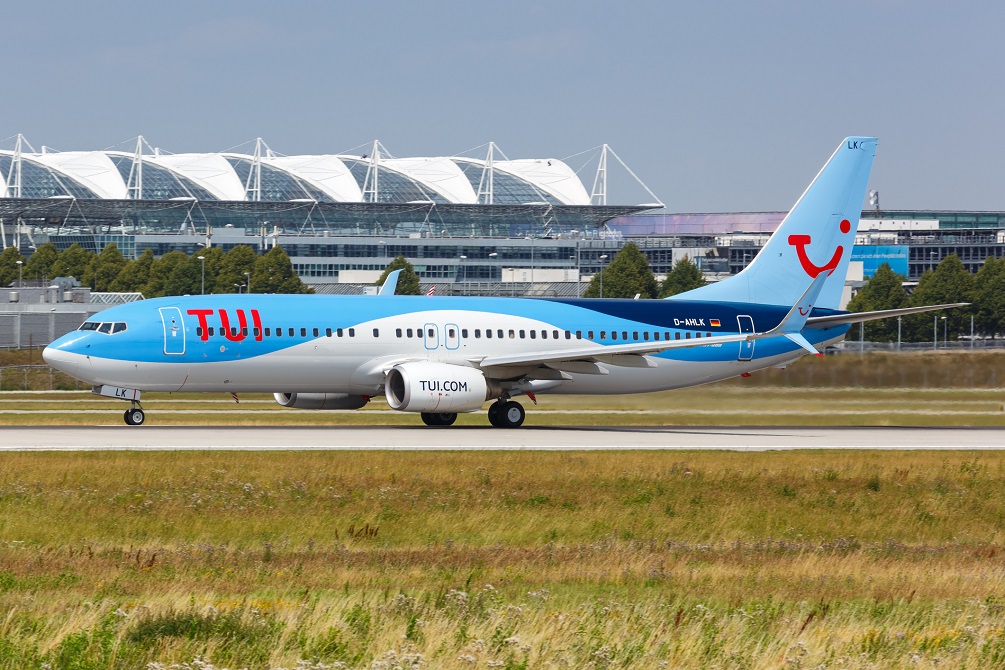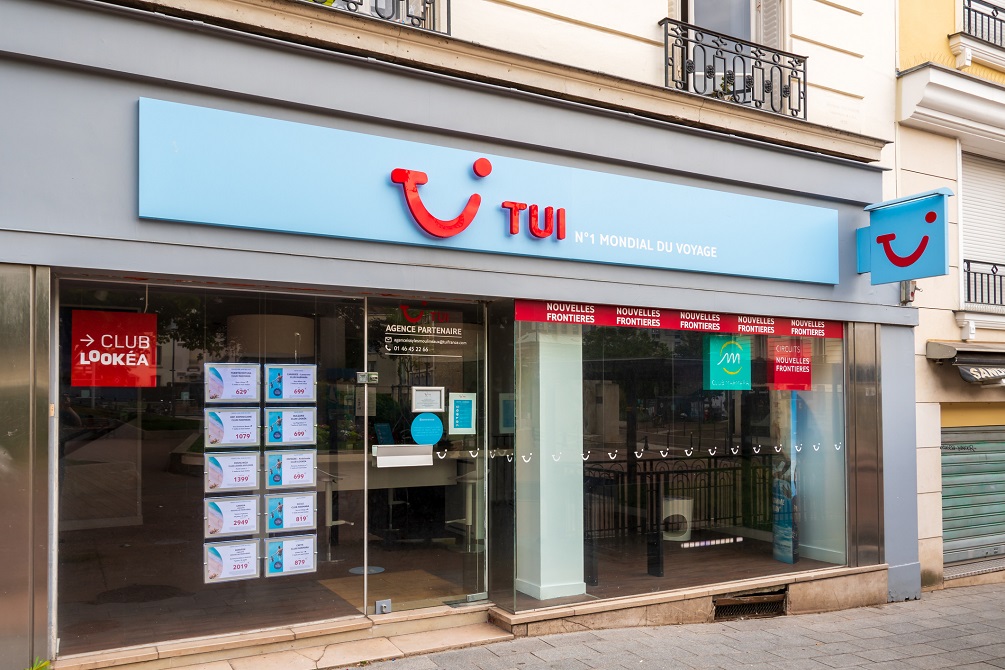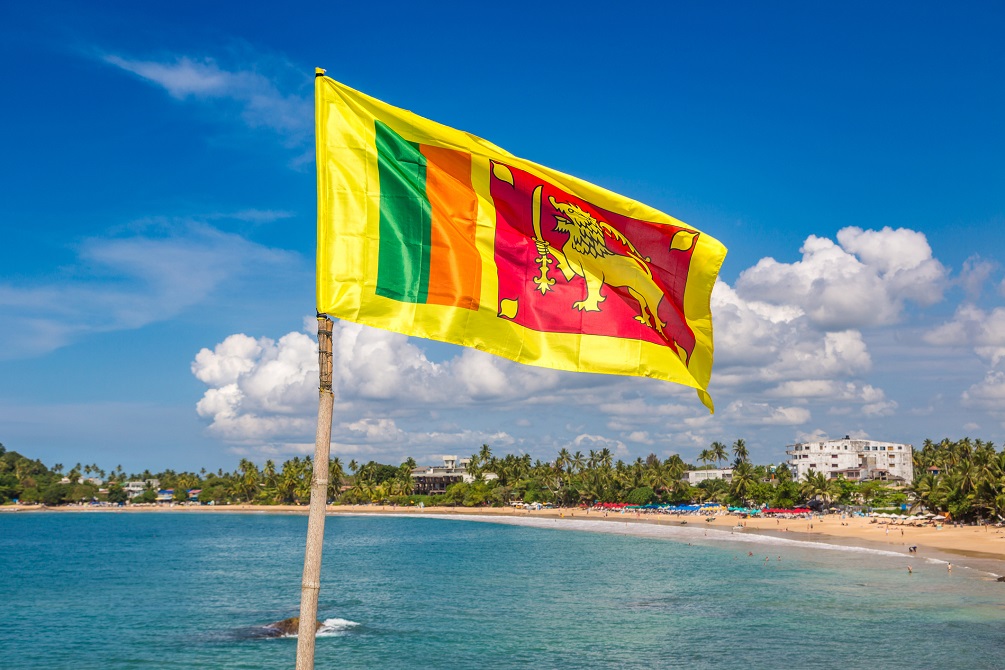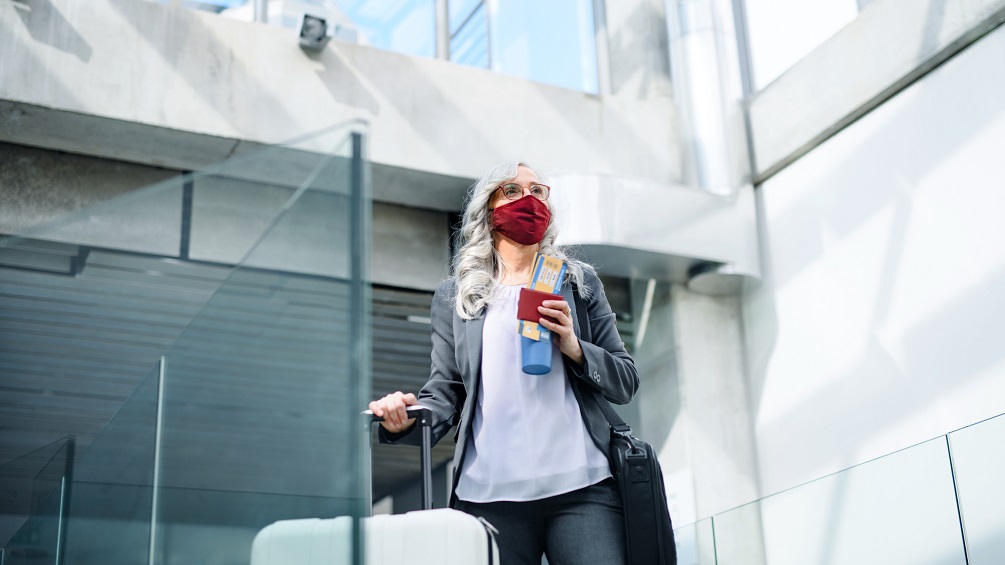Sri Lanka
A tropical island in the Indian Ocean, Sri Lanka offers travelers breathtaking beaches, dense rainforests, teeming wildlife, and historic ruins.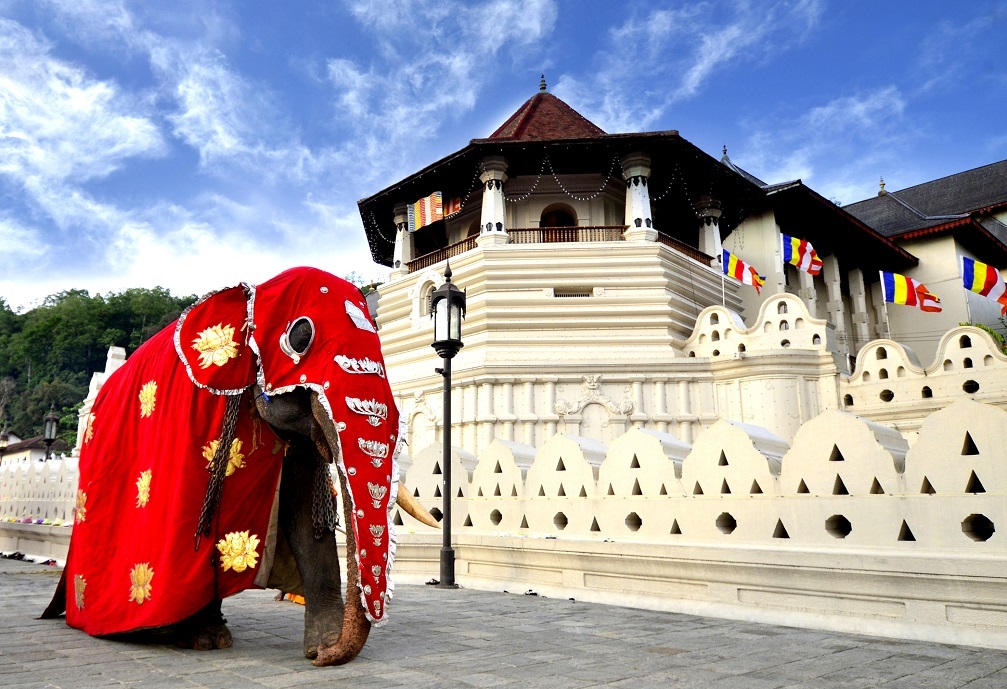
For years, Sri Lanka was overlooked as thousands of travelers made their way someplace else, like India. However, times have changed and in recent years, an increasing number of tourists have begun to explore and discover Sri Lanka’s numerous charms.
Looking for places to visit in Sri Lanka? There’s so much to discover in so small a place. For history aficionados, there are eight UNESCO World Heritage Sites to poke around.
With a cultural heritage of more than 2000 years, Sri Lanka has loads of ancient landmarks, where you’ll find epic temples in caves or atop mountain peaks. Some temples that you must include on your itinerary are the Gangaramaya (Vihara) Buddhist Temple, The Temple of the Sacred Tooth relic, and the Angurukaramulla Temple.
Continue your journey of discovery with a trail to majestic forts like the Galle fort, Trincomalee fort, and the Sigiriya ancient rock fortress.
Sri Lanka also boasts some of the most spectacular beaches. Pristine white and mostly unspoiled, they surround the island so that wherever you may go, a beach is always in close proximity. If you’re not feeling too sluggish, you can squeeze in some surfing or scuba diving. Some beaches you must explore are Mirissa beach, Hikkaduwa Beach, Negombo Beach, and Mount Lavinia Beach.
To broaden your experience, embark on a safari tour of Sri Lanka’s national parks, where you’ll come across water buffaloes, flocks of birds, elephants, various primates, and leopards. The Horton Plains National Park and the Udawattekele Sanctuary should be on your list.
When you travel to Sri Lanka, you’ll feel awestruck by enthralling experiences that are unique only to this destination. Visit the site of the oldest living tree in the world planted by a human being. Get mesmerized by hundreds of elephants assembling in the afternoon. Pay your respects at age-old churches. Get off the beaten path with a detour to the hills, where you’ll discover lush green plantations and dense rainforests.
Sri Lanka is beautiful, affordable, and still not overcrowded. There’s no better time than the present to make a beeline for it.
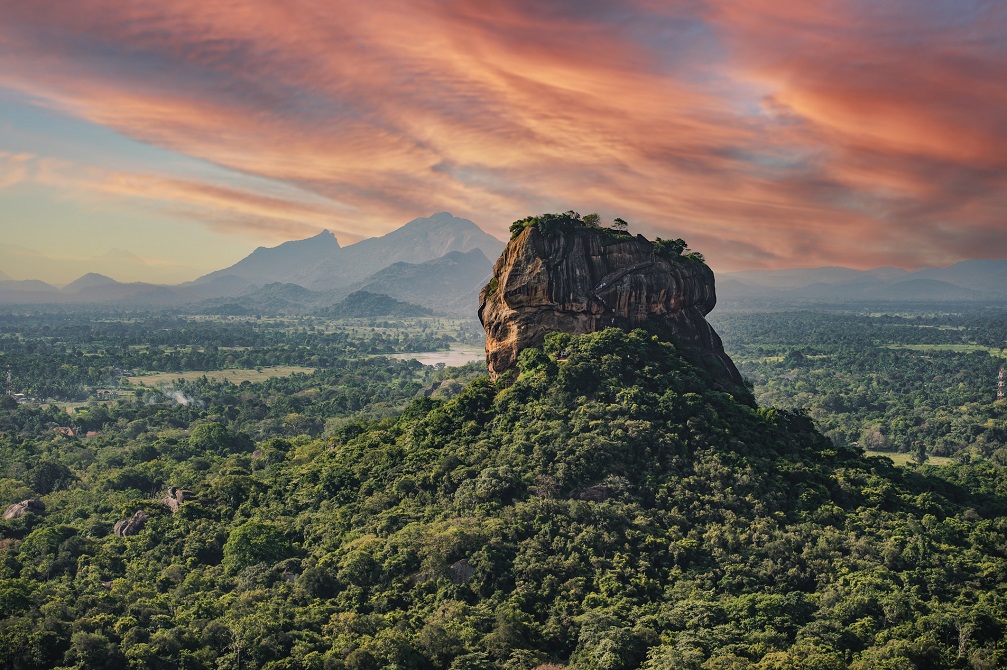


Sri Lanka is located to the South of India and is a pear-shaped island in the Indian ocean. Its length is around 430 kms, while its width is 220 kms.
The Palk Strait and the Gulf of Mannar separate it from the Indian sub-continent.
Its elevation separates it into three main zones, viz. the coastal area, the plains and the central highlands. The coastal area rings around the island and comprises immaculate beaches.
The mountain landscapes and hilly areas are found in the central highlands. The Knuckles Massif lies to the North, which consists of steep slopes, gaping canyons, and lofty peaks. The plains are mostly flat and consist of several sub-plains.
Most of Sri Lanka is covered by thick vegetation. Tea estates abound on the highlands, while the midlands have a high growth of rubber and coconut trees.
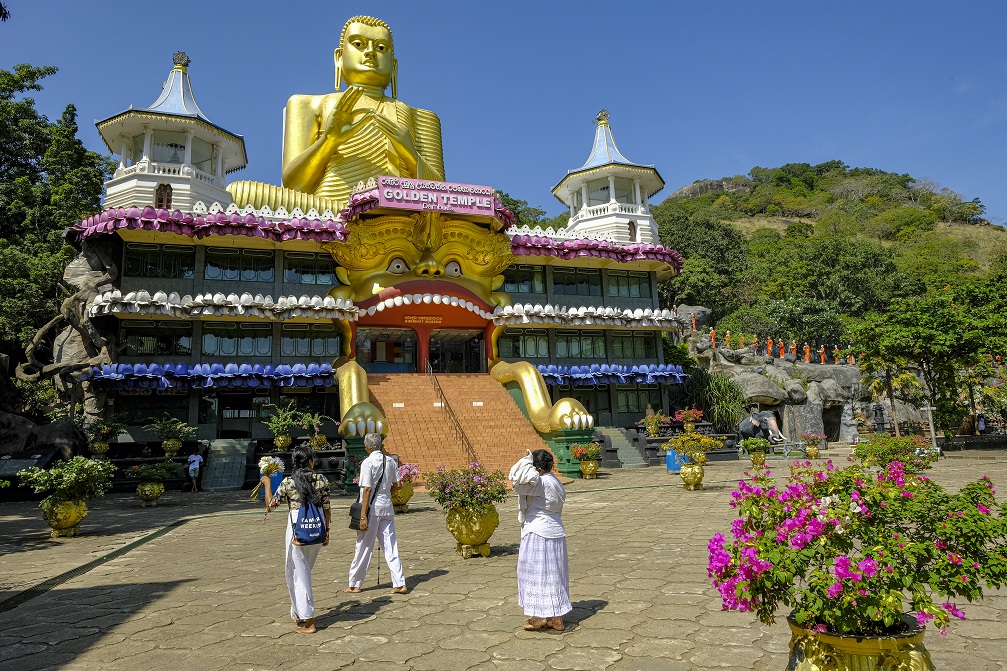


Sri Lanka has a tropical climate and the weather is quite humid and warm all year long. It experiences rainfall between April and October.
It is quite sunny along the coastal belt, with the beach areas experiencing a few hours of sunshine even on rainy days. However, the highlands tend to get cloudy and rarely see sunny days from May to December.
The temperatures in Sri Lanka vary from 21C or 22C to around 32C, depending on the season. As with any tropical country, the best time to travel to Sri Lanka is between November and March, when it is slightly cooler and less muggy than in the peak of Summer, which falls between April and June.
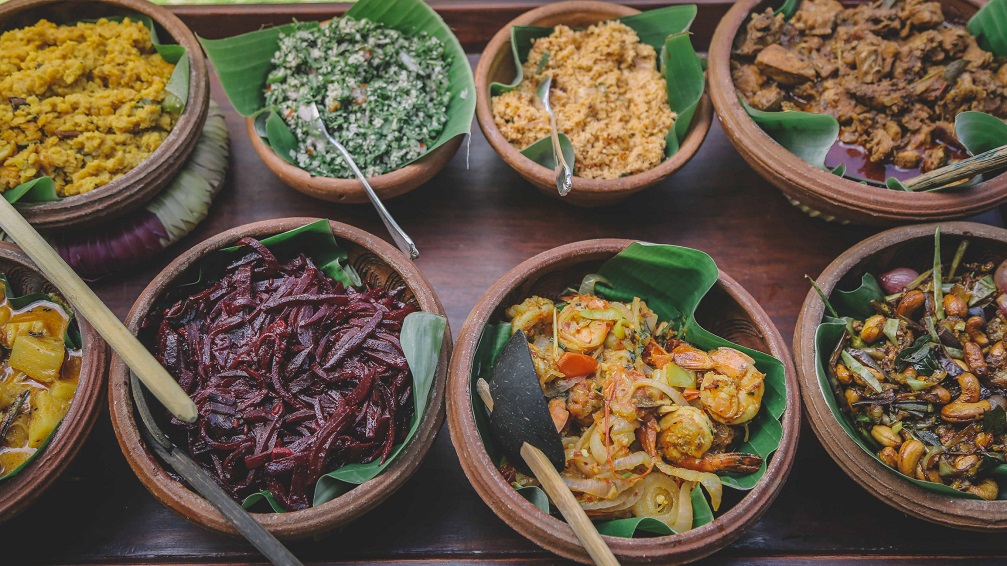


Sri Lankan food is for the adventurous eater, with its scorching curries, spicy pickles and onion relish. Most Sri Lankan cuisine is quintessentially boldly flavoured and pumping hot.
Rice is an integral part of every meal and “rice and curry” is a staple and available everywhere.
Seafood is also given supreme importance in Sri Lanka, considering that it is an island country.
Try some Fish ambul thiyal, a kind of sour fish curry, made from fish like Maldive fish-tuna, cooked with spices and dried goraka, a fruit that gives the dish its sourness. On the other hand, the Parippu or dhal curry is the most common type of curry and is created out of red lentils, spices and coconut milk. You can’t miss Polos, which is a delicious green jackfruit curry, cooked with spices, garlic, ginger, onions and coconut milk.
Your trip to Sri Lanka isn’t complete without trying hoppers or appams. An appam is like a wafer thin pancake, which is whipped up from a batter of rice flour, coconut water or milk and a tinge of sugar. Sop it up with some curry for maximum effect. String hoppers, which are noodles made of rice-flour, are also quite common.
Apart from curries, pickles are also savoured as an accompaniment to most main dishes. Taste
the Wambatu Moju, an eggplant pickle, with a contrast of sweet, salty and sour flavours that tease the palate.
Coconut is the main ingredient in many Sri Lankan dishes, and the Pol Sambol, a kind of coconut relish is one dish that pays it a fitting salute. A mix of grated coconut, chillies, fish and salt, it is served as a side dish with almost every main. It is best relished with rice and curry, paratha, appams or rotis.
If you’re walking through the streets of a bustling market, you’ll come across the Kottu, which is a type of Sri Lankan hamburger. It is made with a godamba roti, fried with your choice of ingredients, and served with some piquant curry sauce. Another popular snack is the wood apple, a coconut sized fruit, with a hardened shell exterior and a brown paste inside. It can be eaten or drunk and has the texture of a smoothie.
Ceylon tea, which is produced in Sri Lanka, is widely drunk all across the country and is a representation of its identity, heritage and culture.
To sum up, Sri Lankan food isn’t for the fainthearted. But, if you’re willing to be slightly brave with your food choices, your taste buds are in for a delectable treat.



When you travel to Sri Lanka, pack as you would while visiting a tropical country.
Most locals are attired in jeans and t-shirts or short-sleeved tops. Knee-length skirts are also commonly worn. So, these are the items of clothing that you could also carry. Men can get away with jeans, t-shirts, Bermuda shorts, and shirts.
For beachwear, shorts, tank tops, and sun-dresses are acceptable. Carry a light jacket for cooler evenings.
Don’t forget to bring sunglasses, a hat and some sun protection lotion, as it tends to be hot and sunny during the day.
In case you go whale watching, wear a waterproof jacket to avoid getting drenched.
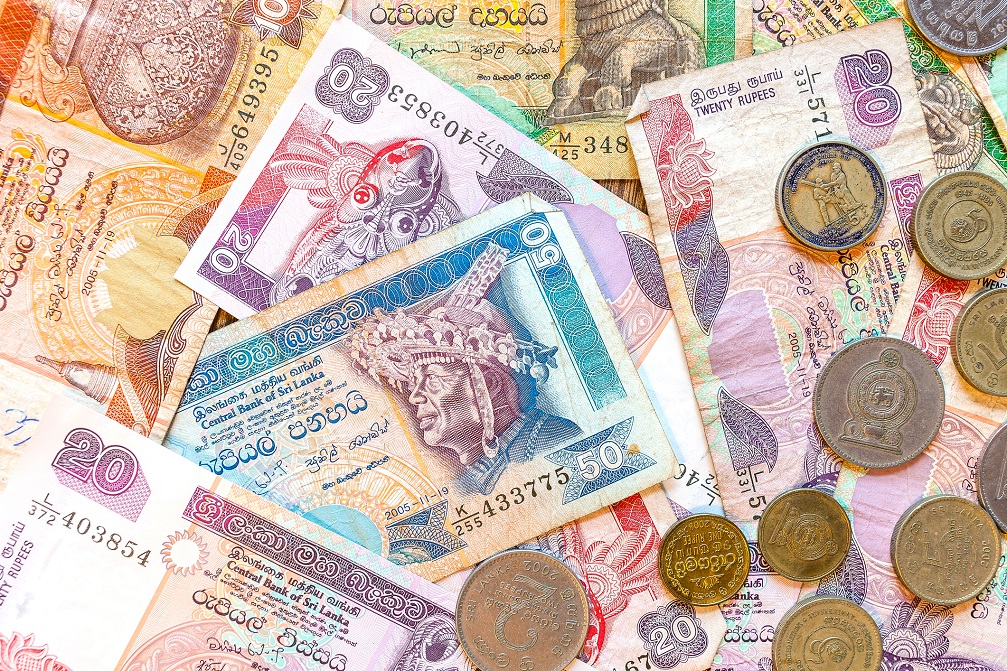


The currency of Sri Lanka is the Sri Lankan Rupee, which is represented by Rs. or SLR to differentiate it from other Rupees. A Rupee is divided into 100 cents.
At the time of writing this, 1 Pound sterling equals 274.55 Sri Lankan rupees.
You won’t be able to get Sri Lankan Rupees outside of Sri Lanka. You’ll have to change UK Sterling Pounds once you arrive in Sri Lanka or withdraw some at an ATM.
All major towns and cities have ATMs and most of them accept major bank cards. However, in case you are heading somewhere more rural and remote, it is best to have some cash on hand.
Prepaid credit cards are a good and safe option and more convenient than Travellers Cheques.
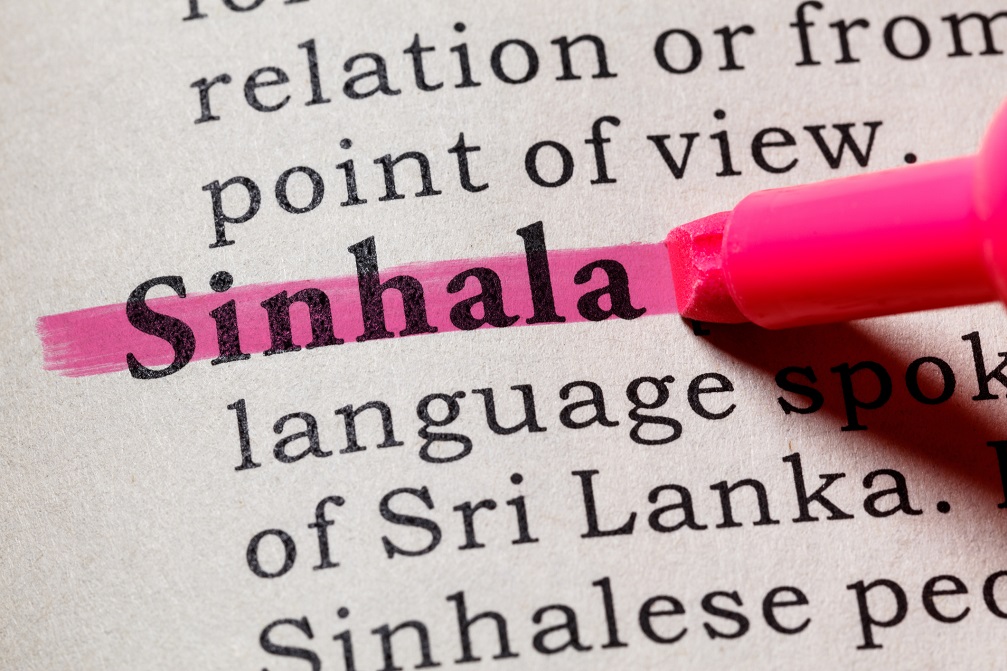


The two main languages of Sri Lanka are Sinhala and Tamil. Tamil is spoken in the north and east, while Sinhala is mainly spoken in the south, west, and central parts of Sri Lanka.
70 percent of Sri Lanka’s population speaks Sinhala. It is also spoken as a second language by other ethnic groups, making it the most commonly spoken language in Sri Lanka. Since Sri Lanka was under colonial rule for many centuries, Sinhala has borrowed many Portuguese, English, and Dutch words.
By contrast, Tamil is spoken by about 15 percent of the population and is also common to the state of Tamil Nadu in southern India. It was widely used by traders, foreign kings, and early settlers in Sri Lanka and has stuck on as one of its main languages.
Apart from Tamil and Sinhala, other minority languages spoken are Veddah and Creole Malay. Most Sri Lankans are quite well-versed in English. So, you shouldn’t face many conversational issues while looking for places to visit in Sri Lanka.
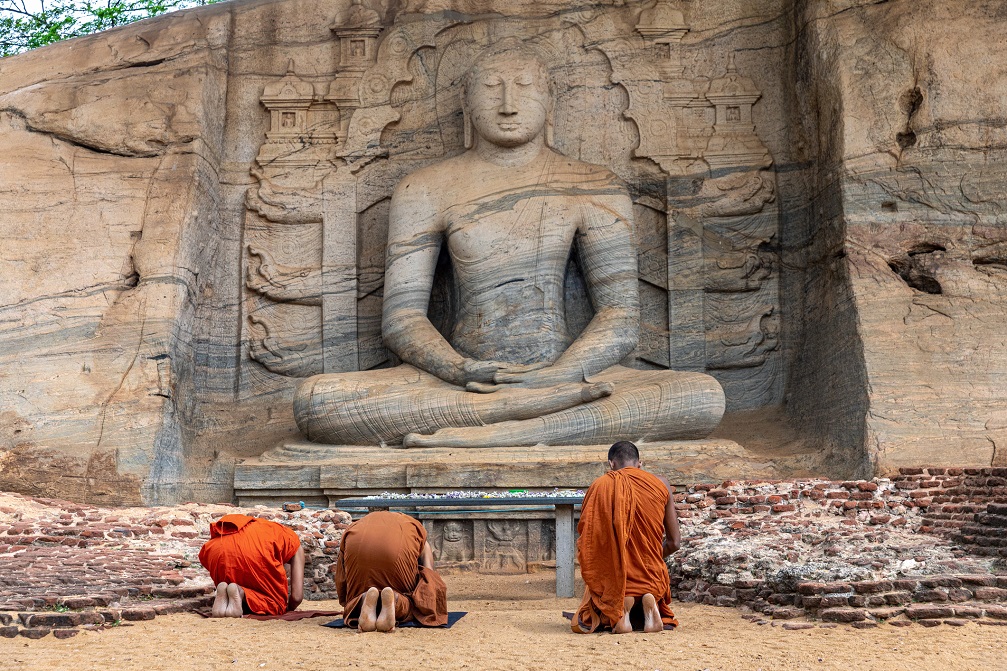


Sri Lankan culture is strongly influenced by the Theravada Buddhism religion, particularly in the south and central areas of the country. More than 70% of the population follows Buddhism, so it is important to respect Buddhist culture.
Avoid touching or patting the heads of Buddhist monks. Never turn your back or stand alongside a statue of Buddha. While it is quite alright to take a photo of a Buddha statue, everyone in the photo should be facing the statue and not standing beside or with their back to the statue. Avoid wearing any clothing that contains images of the Buddha as it is considered disrespectful and could even lead to an arrest. Show respect to monks and while entering a temple, ensure that your shoulders and legs are adequately covered. Shoes and headgear should also be removed before entry.
Most Sri Lankans prefer to use their right hand while eating, instead of cutlery. The right hand is also used for handing money and other smaller objects.
Avoid public displays of affection and always check before taking photos. While it is okay to take photos in shopping malls and tea plants, it may be prohibited in temples, forts, or other sensitive areas.
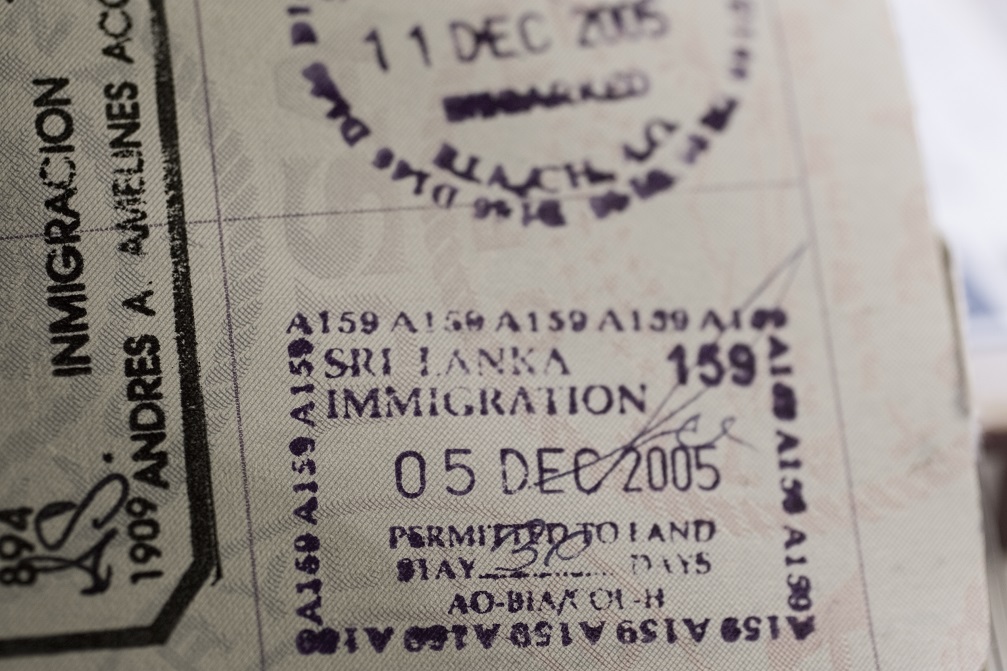


In 2012, the Sri Lanka government introduced an ETA (electronic travel authorization) facility for visitors from the UK. It allows UK travelers to stay for a month in Sri Lanka.
The validity period of the Sri Lanka ETA is 6 months from the date of issue. It provides a dual entry, where UK visitors can enter Sri Lanka twice within the allowed period of 6 months. However, the maximum number of days allowed is 30 days per visit.
The ETA can be displayed at the border controls at any international airport and also the seaport in Sri Lanka.
UK travelers must hold a UK passport with at least a 6-month validity on their date of arrival into Sri Lanka. It is also recommended that when you apply for the ETA, you register with a frequently used email id as all ETA-related communications will be carried out through this email. Finally, it is advisable that the bank card used to make the payment is cleared for international digital transactions.



The standard voltage in Sri Lanka is 230V and its standard frequency is 50Hz.
The plug types used here are D, M, and G.
When you travel to Sri Lanka from the UK, you won’t need a voltage adapter. The situation is quite ideal. All connectors that are used in the UK can be utilized in Sri Lanka.
To be doubly sure, check the fine print on the equipment or the power adapter. If 100-240V 50/60 Hz is mentioned, you can use the adapter with any voltages across the globe. However, note that power plug adapters are only used for converting plug types and cannot convert voltages.



For years, Sri Lanka was overlooked as thousands of travelers made their way someplace else, like India. However, times have changed and in recent years, an increasing number of tourists have begun to explore and discover Sri Lanka’s numerous charms.
Looking for places to visit in Sri Lanka? There’s so much to discover in so small a place. For history aficionados, there are eight UNESCO World Heritage Sites to poke around.
With a cultural heritage of more than 2000 years, Sri Lanka has loads of ancient landmarks, where you’ll find epic temples in caves or atop mountain peaks. Some temples that you must include on your itinerary are the Gangaramaya (Vihara) Buddhist Temple, The Temple of the Sacred Tooth relic, and the Angurukaramulla Temple.
Continue your journey of discovery with a trail to majestic forts like the Galle fort, Trincomalee fort, and the Sigiriya ancient rock fortress.
Sri Lanka also boasts some of the most spectacular beaches. Pristine white and mostly unspoiled, they surround the island so that wherever you may go, a beach is always in close proximity. If you’re not feeling too sluggish, you can squeeze in some surfing or scuba diving. Some beaches you must explore are Mirissa beach, Hikkaduwa Beach, Negombo Beach, and Mount Lavinia Beach.
To broaden your experience, embark on a safari tour of Sri Lanka’s national parks, where you’ll come across water buffaloes, flocks of birds, elephants, various primates, and leopards. The Horton Plains National Park and the Udawattekele Sanctuary should be on your list.
When you travel to Sri Lanka, you’ll feel awestruck by enthralling experiences that are unique only to this destination. Visit the site of the oldest living tree in the world planted by a human being. Get mesmerized by hundreds of elephants assembling in the afternoon. Pay your respects at age-old churches. Get off the beaten path with a detour to the hills, where you’ll discover lush green plantations and dense rainforests.
Sri Lanka is beautiful, affordable, and still not overcrowded. There’s no better time than the present to make a beeline for it.



Sri Lanka is located to the South of India and is a pear-shaped island in the Indian ocean. Its length is around 430 kms, while its width is 220 kms.
The Palk Strait and the Gulf of Mannar separate it from the Indian sub-continent.
Its elevation separates it into three main zones, viz. the coastal area, the plains and the central highlands. The coastal area rings around the island and comprises immaculate beaches.
The mountain landscapes and hilly areas are found in the central highlands. The Knuckles Massif lies to the North, which consists of steep slopes, gaping canyons, and lofty peaks. The plains are mostly flat and consist of several sub-plains.
Most of Sri Lanka is covered by thick vegetation. Tea estates abound on the highlands, while the midlands have a high growth of rubber and coconut trees.



Sri Lanka has a tropical climate and the weather is quite humid and warm all year long. It experiences rainfall between April and October.
It is quite sunny along the coastal belt, with the beach areas experiencing a few hours of sunshine even on rainy days. However, the highlands tend to get cloudy and rarely see sunny days from May to December.
The temperatures in Sri Lanka vary from 21C or 22C to around 32C, depending on the season. As with any tropical country, the best time to travel to Sri Lanka is between November and March, when it is slightly cooler and less muggy than in the peak of Summer, which falls between April and June.



Sri Lankan food is for the adventurous eater, with its scorching curries, spicy pickles and onion relish. Most Sri Lankan cuisine is quintessentially boldly flavoured and pumping hot.
Rice is an integral part of every meal and “rice and curry” is a staple and available everywhere.
Seafood is also given supreme importance in Sri Lanka, considering that it is an island country.
Try some Fish ambul thiyal, a kind of sour fish curry, made from fish like Maldive fish-tuna, cooked with spices and dried goraka, a fruit that gives the dish its sourness. On the other hand, the Parippu or dhal curry is the most common type of curry and is created out of red lentils, spices and coconut milk. You can’t miss Polos, which is a delicious green jackfruit curry, cooked with spices, garlic, ginger, onions and coconut milk.
Your trip to Sri Lanka isn’t complete without trying hoppers or appams. An appam is like a wafer thin pancake, which is whipped up from a batter of rice flour, coconut water or milk and a tinge of sugar. Sop it up with some curry for maximum effect. String hoppers, which are noodles made of rice-flour, are also quite common.
Apart from curries, pickles are also savoured as an accompaniment to most main dishes. Taste
the Wambatu Moju, an eggplant pickle, with a contrast of sweet, salty and sour flavours that tease the palate.
Coconut is the main ingredient in many Sri Lankan dishes, and the Pol Sambol, a kind of coconut relish is one dish that pays it a fitting salute. A mix of grated coconut, chillies, fish and salt, it is served as a side dish with almost every main. It is best relished with rice and curry, paratha, appams or rotis.
If you’re walking through the streets of a bustling market, you’ll come across the Kottu, which is a type of Sri Lankan hamburger. It is made with a godamba roti, fried with your choice of ingredients, and served with some piquant curry sauce. Another popular snack is the wood apple, a coconut sized fruit, with a hardened shell exterior and a brown paste inside. It can be eaten or drunk and has the texture of a smoothie.
Ceylon tea, which is produced in Sri Lanka, is widely drunk all across the country and is a representation of its identity, heritage and culture.
To sum up, Sri Lankan food isn’t for the fainthearted. But, if you’re willing to be slightly brave with your food choices, your taste buds are in for a delectable treat.



When you travel to Sri Lanka, pack as you would while visiting a tropical country.
Most locals are attired in jeans and t-shirts or short-sleeved tops. Knee-length skirts are also commonly worn. So, these are the items of clothing that you could also carry. Men can get away with jeans, t-shirts, Bermuda shorts, and shirts.
For beachwear, shorts, tank tops, and sun-dresses are acceptable. Carry a light jacket for cooler evenings.
Don’t forget to bring sunglasses, a hat and some sun protection lotion, as it tends to be hot and sunny during the day.
In case you go whale watching, wear a waterproof jacket to avoid getting drenched.



The currency of Sri Lanka is the Sri Lankan Rupee, which is represented by Rs. or SLR to differentiate it from other Rupees. A Rupee is divided into 100 cents.
At the time of writing this, 1 Pound sterling equals 274.55 Sri Lankan rupees.
You won’t be able to get Sri Lankan Rupees outside of Sri Lanka. You’ll have to change UK Sterling Pounds once you arrive in Sri Lanka or withdraw some at an ATM.
All major towns and cities have ATMs and most of them accept major bank cards. However, in case you are heading somewhere more rural and remote, it is best to have some cash on hand.
Prepaid credit cards are a good and safe option and more convenient than Travellers Cheques.



The two main languages of Sri Lanka are Sinhala and Tamil. Tamil is spoken in the north and east, while Sinhala is mainly spoken in the south, west, and central parts of Sri Lanka.
70 percent of Sri Lanka’s population speaks Sinhala. It is also spoken as a second language by other ethnic groups, making it the most commonly spoken language in Sri Lanka. Since Sri Lanka was under colonial rule for many centuries, Sinhala has borrowed many Portuguese, English, and Dutch words.
By contrast, Tamil is spoken by about 15 percent of the population and is also common to the state of Tamil Nadu in southern India. It was widely used by traders, foreign kings, and early settlers in Sri Lanka and has stuck on as one of its main languages.
Apart from Tamil and Sinhala, other minority languages spoken are Veddah and Creole Malay. Most Sri Lankans are quite well-versed in English. So, you shouldn’t face many conversational issues while looking for places to visit in Sri Lanka.



Sri Lankan culture is strongly influenced by the Theravada Buddhism religion, particularly in the south and central areas of the country. More than 70% of the population follows Buddhism, so it is important to respect Buddhist culture.
Avoid touching or patting the heads of Buddhist monks. Never turn your back or stand alongside a statue of Buddha. While it is quite alright to take a photo of a Buddha statue, everyone in the photo should be facing the statue and not standing beside or with their back to the statue. Avoid wearing any clothing that contains images of the Buddha as it is considered disrespectful and could even lead to an arrest. Show respect to monks and while entering a temple, ensure that your shoulders and legs are adequately covered. Shoes and headgear should also be removed before entry.
Most Sri Lankans prefer to use their right hand while eating, instead of cutlery. The right hand is also used for handing money and other smaller objects.
Avoid public displays of affection and always check before taking photos. While it is okay to take photos in shopping malls and tea plants, it may be prohibited in temples, forts, or other sensitive areas.



In 2012, the Sri Lanka government introduced an ETA (electronic travel authorization) facility for visitors from the UK. It allows UK travelers to stay for a month in Sri Lanka.
The validity period of the Sri Lanka ETA is 6 months from the date of issue. It provides a dual entry, where UK visitors can enter Sri Lanka twice within the allowed period of 6 months. However, the maximum number of days allowed is 30 days per visit.
The ETA can be displayed at the border controls at any international airport and also the seaport in Sri Lanka.
UK travelers must hold a UK passport with at least a 6-month validity on their date of arrival into Sri Lanka. It is also recommended that when you apply for the ETA, you register with a frequently used email id as all ETA-related communications will be carried out through this email. Finally, it is advisable that the bank card used to make the payment is cleared for international digital transactions.



The standard voltage in Sri Lanka is 230V and its standard frequency is 50Hz.
The plug types used here are D, M, and G.
When you travel to Sri Lanka from the UK, you won’t need a voltage adapter. The situation is quite ideal. All connectors that are used in the UK can be utilized in Sri Lanka.
To be doubly sure, check the fine print on the equipment or the power adapter. If 100-240V 50/60 Hz is mentioned, you can use the adapter with any voltages across the globe. However, note that power plug adapters are only used for converting plug types and cannot convert voltages.
Travel related news, information and inspirational articles and videos for travellers booking flights or holidays to Sri Lanka. Ask questions about travel in Sri Lanka and get answers from Sri Lanka experts
NEWS
Inspiration, Information and Travel Guides
MEET THE Sri Lanka EXPERTS
If you are looking to book a holiday to Sri Lanka or needs some help and advice planning travel to Sri Lanka then contact one of the UK based independent travel agents that specialise in Sri Lanka itineraries.
FEATURED VIDEOS
Your Travel Questions Answered
Ask any travel related question and get an answer from one of our experts that will provide you with an answer from their personal experience
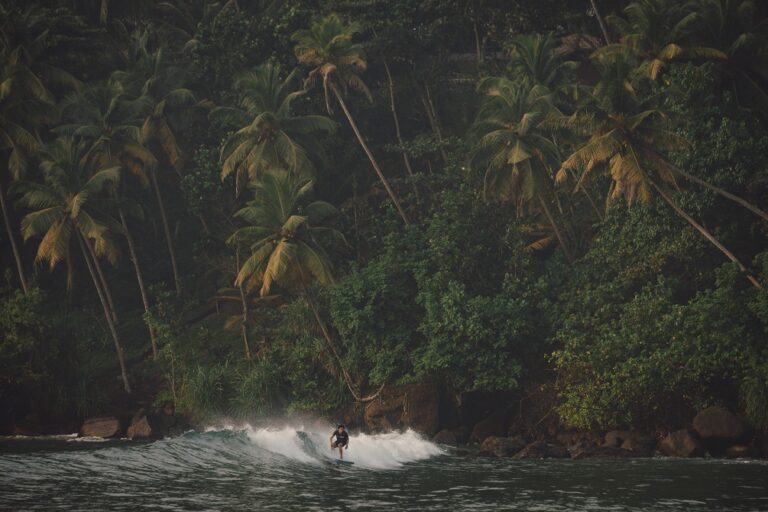

My son is a surfer and has convinced us to book a holiday in Sri Lanka, but I am concerned that the rest of the family may be a bit bored. What other adventure sports are available?
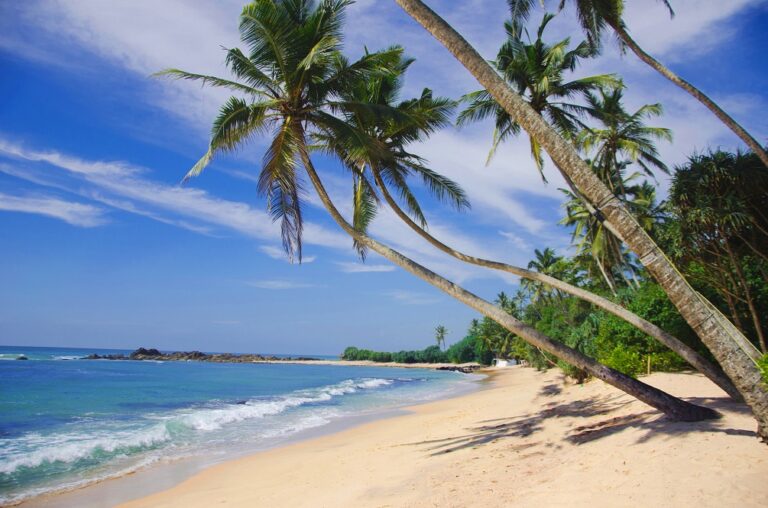

We’re visiting Sri Lanka next year, staying at the Coral Sands Hotel, Hikkaduwa. I’ve noticed that the airport is quite far from our resort. What’s the best way to get from Colombo airport to Hikkaduwa?
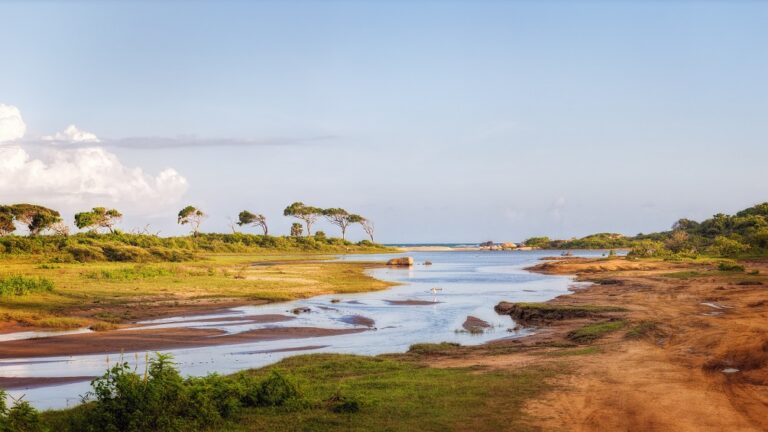

I've booked a trip to Unawatuna, Sri Lanka, staying at the Fort Rock Hotel and Spa. I'd like to go on a day trip to Yala National Park. What's the best way to go about this?
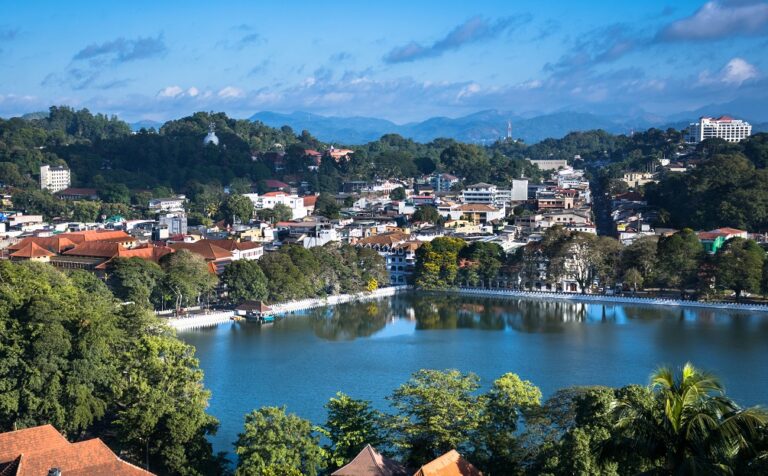

A friend and I have booked a multi-stop trip around Sri Lanka. We're staying in Kandy for four nights, and we'd like to book some guided tours of Kandy and the surrounding areas. Could you recommend some good options for us?
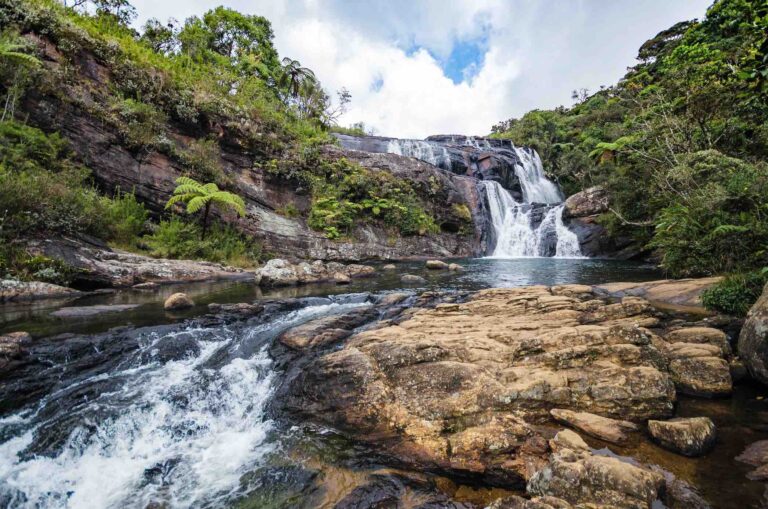

My best friends and I are planning a trip to Sri Lanka for our gap year as we will be backpacking around Asia. We are now booking our flights to Sri Lanka and planning our itinerary. Considering the rich wildlife in Sri Lanka, we would like to know whether it is safe to swim in the rivers in Sri Lanka? We know that crocodiles and snakes are common...
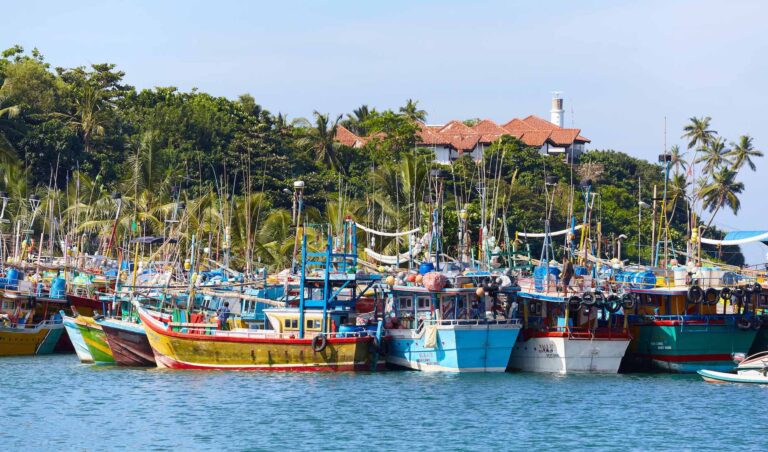

We’re visiting Sri Lanka soon, staying at the Juice Hotel in Ambalangonda. We want to visit Mirissa after Ambalangoda. What’s the best way to get from Ambalangoda to Mirissa? We’re staying at the Glamour Hotel Mirissa.

